Don't wanna be here? Send us removal request.
Text
"Media Evolution and the Changing World: Its Implication to Communication and Education"
What’s the importance of communication in education?
Our personal lives, the study intended, and education. This is why it's important to develop good communication skills in students from an early age, and we all must practice effective communication between ourselves. Being a good educator involves excellent communication skills. In addition to providing information, communication also motivates effort, changes attitude, and inspires thoughts. These days there was changes in our communication. Others are using slang words when they communicate with others, and they may adopt it when they are in education. In the absence of it, attitudes develop, communications are misinterpreted, and learning is delayed. Facial expressions can be well known and understood while talking or discussing the issue or topic matter, and the significance of communication to developing body language of both participants can be evaluated in facial expression communication to allow communication.
Evolution of Media (Traditional Media to New Media)
Pre-Insutrial Age (Before 1700)
Period: 220 BC to 1700 BCE
People made paper from plants, discovered fire, and crafted tools and weapons out of stone, bronze, copper, and iron. Examples of Media Formats:
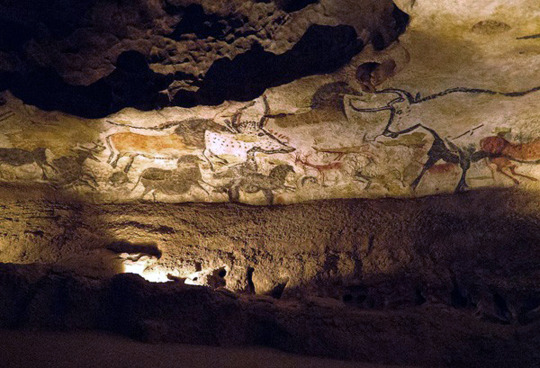
Mesopotamian clay tablets (2400 BC)
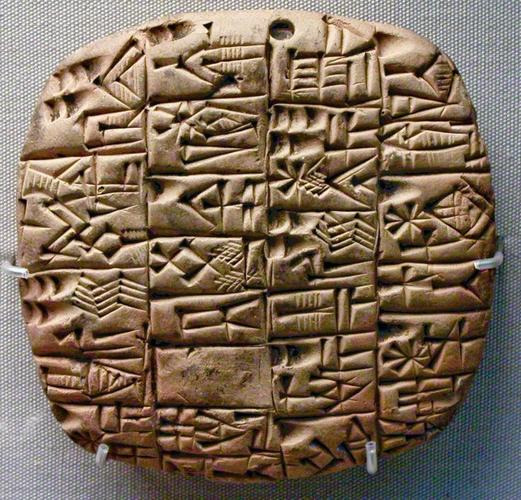
Egypt's papyrus (2500 BC)

Roman Acta Diurna (130 BC)
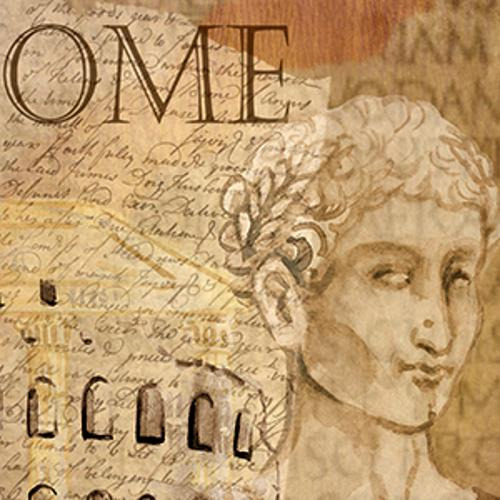
in China, Dibao (2nd Century)
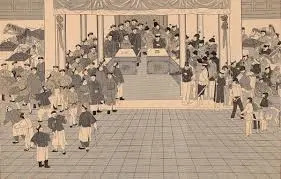
Mayan Region COdex (5th Century)

using wooden pieces as printing blocks (220 AD).

Industrial Age (1700s to 1930s)
Period: 1700 to 1930s
People used the strength of teams, created machine tools, established iron protection, and produced a variety of goods (including books using the printing press).
Print shop for large-scale output (1900)
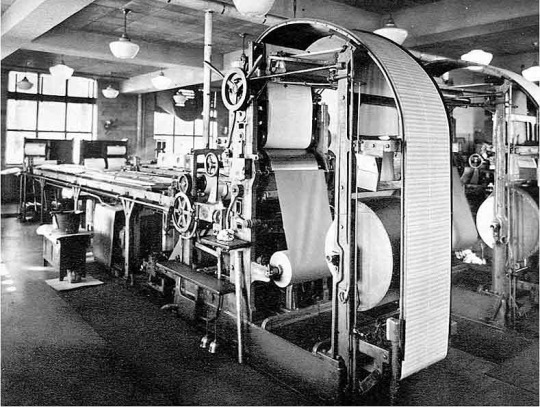
The London Gazette newspaper (1740)

Typewriter (1800) (1800)

Telephone (1876) (1876)
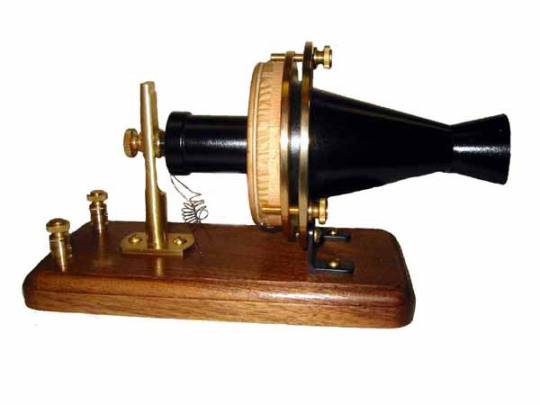
projection and photography for motion pictures (1890)
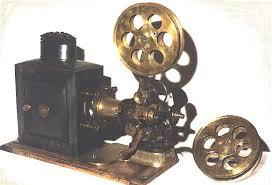
movie trailers for commercials (1913)
sound-accompanied motion film (1926)
Telegraph
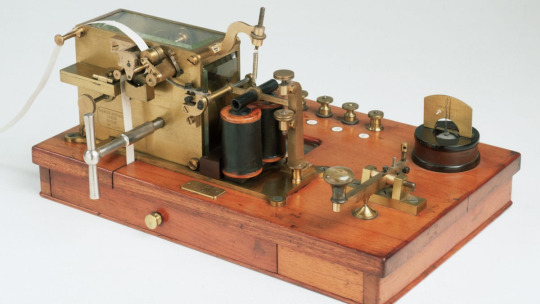
Cards Punch
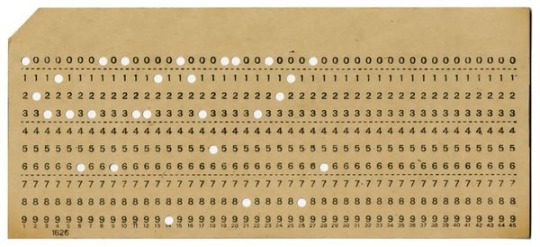
New/Information Age (1900s to 2000s)
Period: 1900 to 2000
The development of the social network and speedier communication were made possible by the internet in this era. With the development of personal computers, mobile devices, and wearable technology, people increased the usage of microelectronics. Also digitized are speech, image, and sound data. Our current era is the information age.
Examples of Media Formats:
Web browsers: Internet Explorer and Mosaic (1993). (1995)
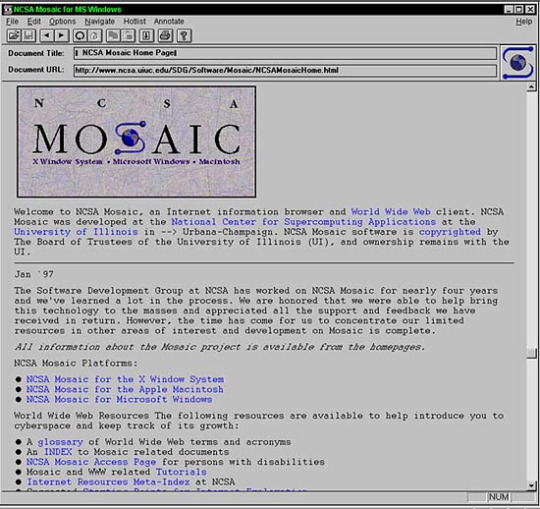
blogs: Wordpress and Blogspot (1999). (2003)
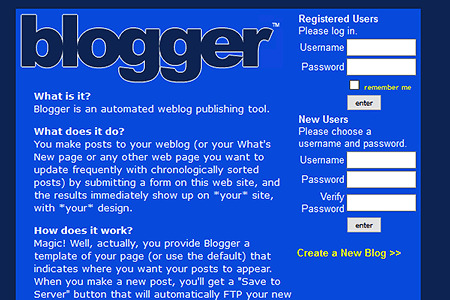
Social media sites: Multiply (2002), Friendster (2003)
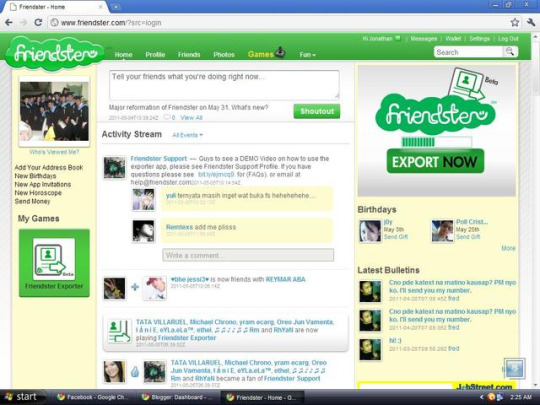
Facebook (2004), Instagram, Twitter (2006), Tumblr, and microblogs (2007)
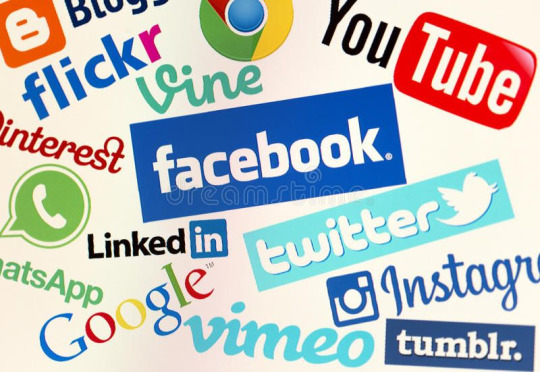
YouTube (2005), Virtual Reality/Augmented Reality
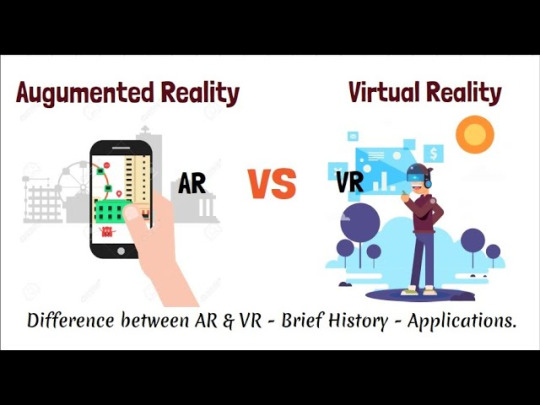
Search engines: Google (2003), Skype for video chat (1996)
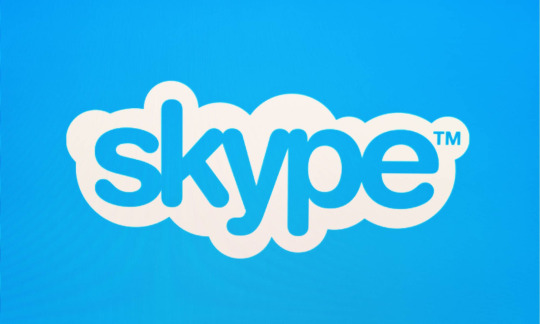
Yahoo (1995), laptops and other portable computers (1980), and netbooks (2008)

Wearable technologies, smartphones, and tablets (1993).

Big Data and the Cloud
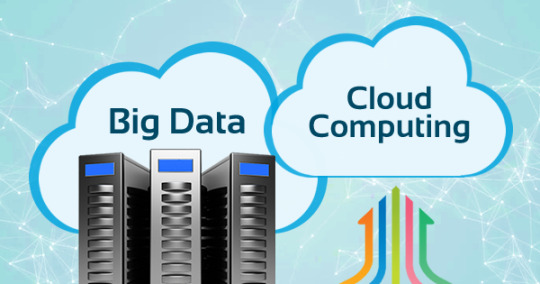
Electronic Age (1930s to 1980s)
Period: 1930 to 1980
The electronic era began with the invention of the transistor. Transistors' power was harnessed by humans, which resulted in the transistor radio, electronic circuits, and the first computers. Long-distance communication became more effective in this era. examples of media types.
Radiator transistor

television (1941) (1941)
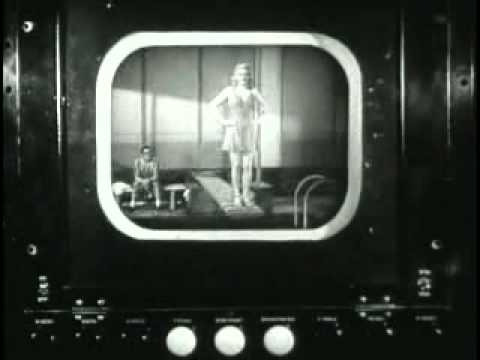
large-scale electronic devices
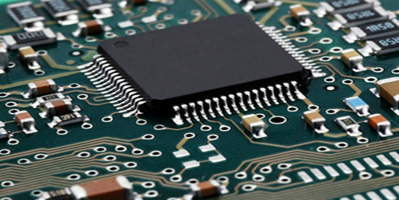
main computers, i.e. IBM 704 (1960) (1960)
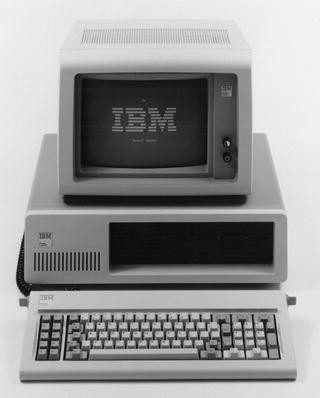
LCD and OHP projectors
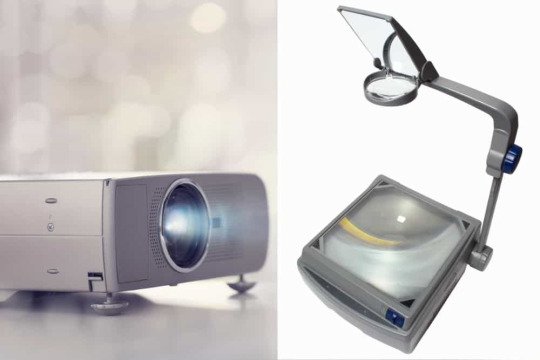
insights/Conclusion:
To conclude, The media plays several fundamental roles in our society. The evolution of media has brought significant changes to our lives. For instance, it has brought changes to communication, in which the advancement of technologies made communication more efficient for the users. Moreover, the media evolution is a great help for students since this makes their work more efficient. During the pandemic, we were not allowed to go out, hence the conducting of online classes. the use of online class discussions during the pandemic has all been made possible by technological advancements in education. We are all aware of the many changes taking place in the society, specifically in the context of the current media evolution. It was challenging to interact with people in the pre-industrial period despite the fact that they made paper from plants, discovered fire, and made tools and weapons out of stone, bronze, copper, and iron. These day, although, communication with others is made simpler for us because to technology.
References:
youtube
4 notes
·
View notes
Text
"On Becoming a Medium; Gen-Z Individual as Modern Communicators"
How do Gen-Z Individuals as Modern Communicators?

We all know that communication is relevant in our lives and according to Mcgraw Hill (2021) communication is constantly a reflection of the times we live in and is ever-evolving to satisfy, and frequently exceed, the needs of a group of people that define a historical era. A generation is a group of people who are only connected by the common time of their consciousness. Generation Z, sometimes known as "Gen Z," is the generation currently leading the charge to bring about change. Generations tend to have an enduring influence on the direction we, as a species, follow. People who were born between the 1990s and 2000s are referred to as Gen-Z. We all know they are known as Millennials. Moreover, both favorable and unfavorable effects on society, there are obvious signs of Gen Z development and communication. Additionally, it was noted that technological innovation has had a significant impact on social Gen Z's communication abilities. It is claimed that the best way to engage this generation is to understand how they think, speak to them in "tech-speak," and stay current with changes in IT. This will help you stay relevant in their world and win their trust. To interact with all of them directly in line with Gen Z norms, preparation work is necessary (Ajmain, Talhah, 2020).
Since they were the first generation to grow up with a phone, Zoomers are used to being always connected as well as being highly creative, hyper-adaptable, and intensely aware of their surroundings. They heavily use slang, acronyms, emoticons, and vernacular to express meaning in addition to choosing informal communication methods like texting or direct messaging. The use of emojis in communication is one of the aspects which most defines the Gen Z dialect.
They are guiding the rest of us into the future in three ways:
Collaborative Communicators

In order to accomplish a shared objective, collaborative communication entails fluidly exchanging information and debating subjects as a group. In actuality, Gen Z is more likely than their Millennial cousins to desire to meet up in person. In a recent article titled "Millennials Tried to Kill the American Mall, But Gen Z Might Save It," Bloomberg Businessweek discussed how the younger generation is once again actively interacting at malls and other physical locations. They are quite social even though they may be texting each other when they are together.
Social Media Expertise

The language of social media is verbally sparse and more visual. The secret to your future success will be your capacity for visual communication. Despite our best efforts to argue that the younger generation is "too lazy" to read, the majority of "older folks" won't read this far since there are so many words and so few images in my blog article. Grammar and spelling are important because they help the reader grasp what the writer is trying to communicate. But language changes. When Shakespeare or Chaucer is written in Old English, very few people like to read it. Our language has changed and is still changing.
Inclusive Mindsets

It leads to the final point about how Gen Z communicates more effectively than earlier generations. Gen Z actively embraces diversity since they are the most varied generation yet. Embracing linguistic variations resulting from diverse cultural, socioeconomic, and national backgrounds falls under this category. Since Gen Z was raised in a time that valued diversity, they will change their speech or listening to suit the requirements of others around them.
When it comes to various sorts of media, such as technologies, members of Generation Z are quite knowledgeable and advanced. And there are many other ways, including social media platforms. Additionally, the fact that we are currently part of the Z generation proves that we millennials are the generation's voice because we belong to the most recent generation and we are supposed to be heard.
References:
https://www.mheducation.ca/blog/communicating-with-gen-z-how-to-keep-students-engaged-and-prepare-them-for-workforce
1 note
·
View note